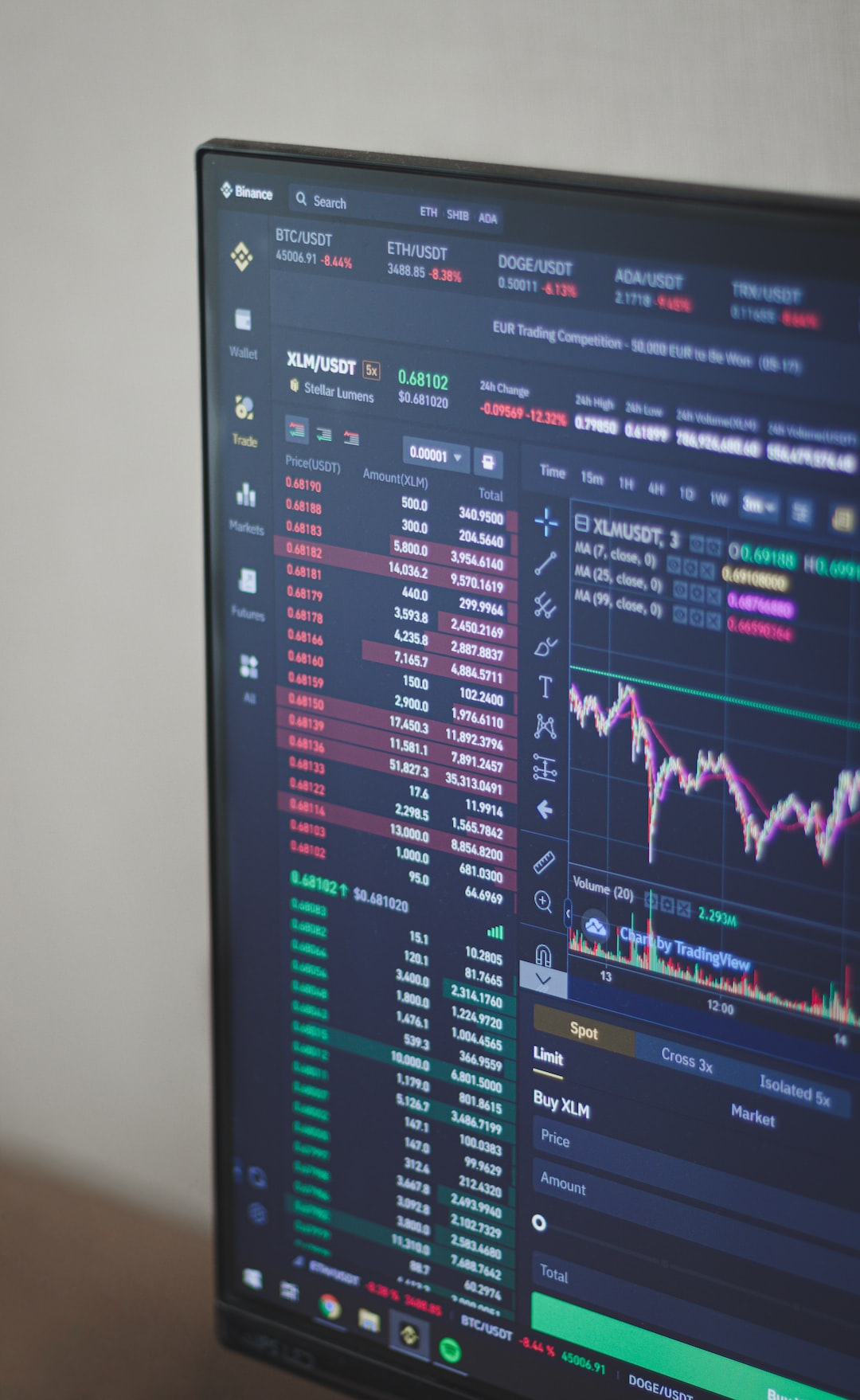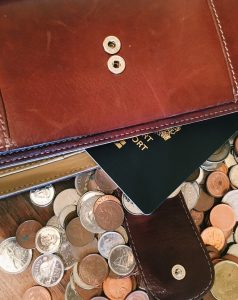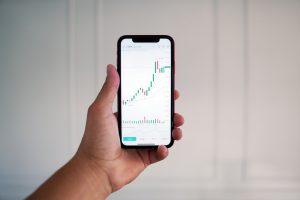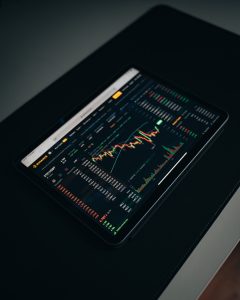Forex trading is the largest financial market in the world, with a daily trading volume of over $5 trillion. One of the unique features of forex trading is leverage, which allows traders to control a large position with a relatively small amount of capital. Leverage is expressed as a ratio, such as 1:500, and is a key factor in determining the potential risks and rewards of forex trading.
Leverage is the use of borrowed capital or margin to increase the potential return on investment. In forex trading, leverage allows traders to control a larger position than they would be able to with their own capital. For example, if a trader has $1,000 in their account and uses 1:500 leverage, they can control a position of $500,000.
The use of leverage in forex trading is not without risks. While it can magnify potential profits, it can also magnify potential losses. For example, if a trader with $1,000 in their account uses 1:500 leverage to control a position of $500,000 and the market moves against them by 1%, they would lose $5,000, which is five times their initial investment.
Traders must carefully manage their risk when using leverage in forex trading. They must have a clear understanding of the potential risks and rewards of their trades and use appropriate risk management strategies, such as stop-loss orders, to limit their losses.
The amount of leverage available to forex traders varies depending on the broker and the jurisdiction. In the United States, the maximum leverage allowed for retail forex traders is 1:50, while in other jurisdictions, such as Europe and Asia, leverage of up to 1:500 is available.
The use of high leverage in forex trading is controversial, with some regulators and market participants arguing that it can lead to excessive risk-taking and market instability. In response to these concerns, some brokers have introduced lower leverage options for their clients.
In addition to managing their risk, forex traders must also consider the impact of leverage on their trading costs. The cost of trading forex includes spreads, commissions, and swap rates, which are the fees charged for holding positions overnight.
When using high leverage, traders may face higher trading costs, as the spreads and commissions are typically higher for larger positions. Traders must carefully consider their trading costs and choose a broker with competitive pricing and transparent fees.
Overall, leverage is a powerful tool in forex trading that can magnify potential profits and losses. Traders must carefully manage their risk and trading costs when using leverage and choose a broker with competitive pricing and transparent fees. With the right strategy and risk management, leverage can be a valuable tool for forex traders looking to maximize their returns.





